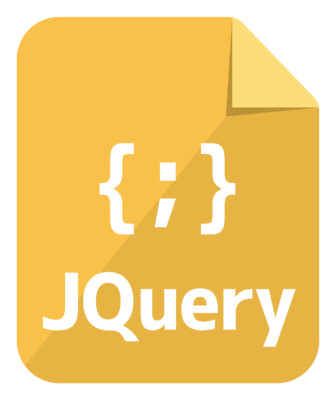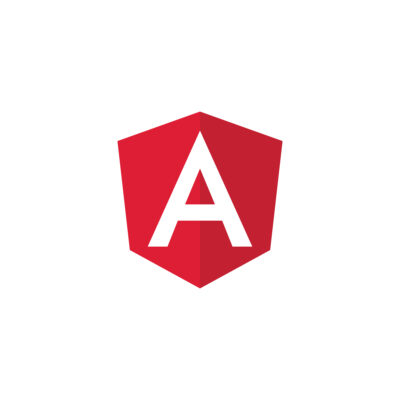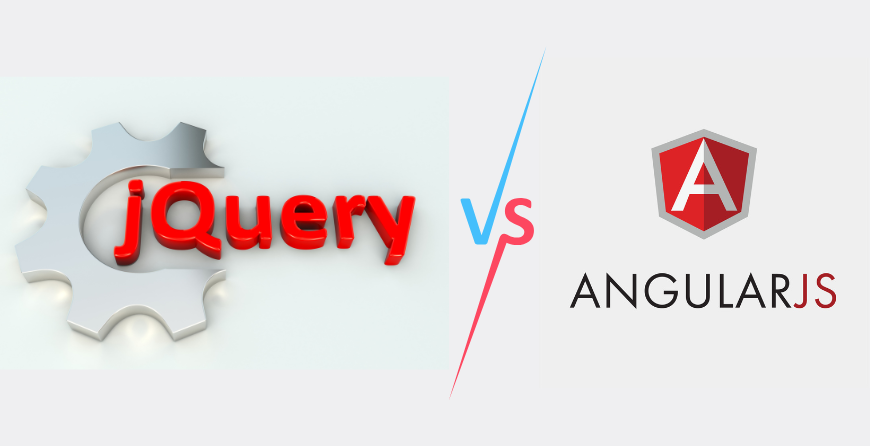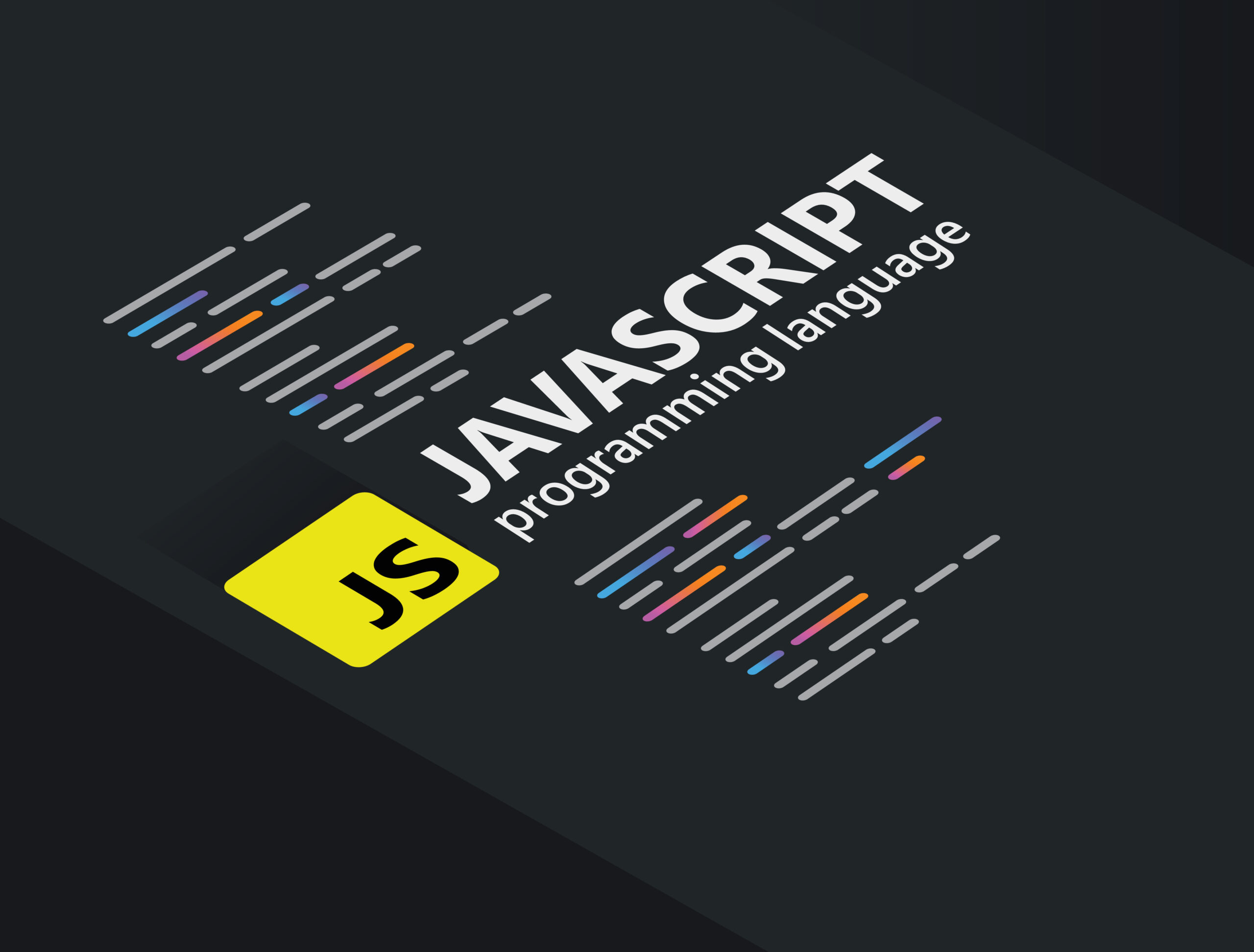Table of Contents
Introduction
A successful venture requires the right framework. jQuery vs Angular both are top JavaScript based tools used to develop high quality websites. But the question is- Which one is the right framework for you?
In today’s world, every business needs a website and web application to connect with their audience and users which requires that the app contains features such as ease of navigation, interactive UI, etc. To develop such high end client-based features and to scale up your app in market, choosing the right front-end framework is necessary. In this article, I will discuss the differences and benefits between jQuery vs Angular so you can choose the right front-end framework for yourself. Let’s get started.
What Is jQuery?

The first topic of our jQuery vs Angular debate.
jQuery is a lightweight, open-source, feature-rich JavaScript library. It simplifies the client-side(frontend) development of web pages and allows us to perform various tasks in a much quicker and simpler manner. It was developed in 2006, under the MIT License, for reducing excess codes and making JavaScript more dynamic, responsive and interactive. As of today, more than 78% of all the websites utilize jQuery. It is also compatible with many web browsers such as Firefox, Chrome, Opera, etc.
jQuery has many advanced features compared to plain JavaScript. With jQuery, you can easily perform DOM manipulation, event handling, AJAX calls, and animations. For example, if you use plain JavaScript to perform AJAX calls, it will be a complex process and require huge lines of code. While jQuery utilizes functions that we can call to perform AJAX calls, thus reducing code length. It uses abstraction to reduce the complexity as well.
That’s it about the introduction to the topic. Now let’s move on to the second topic of our jQuery vs Angular debate.
What Is Angular?

AngularJS is an open-source, structural, TypeScript-based framework that allows us to build dynamic, single-page web applications. It is used in frontend development and is maintained by Google. It helps in building highly scalable, cross-platform web applications. It offers some key features such as directives, two-way data flow, dependency injection, and unit testing. Due to such features, it is a preferred choice of some of the top companies like Google, PayPal, and Forbes. It is a popular front-end framework because of its scalability, high performance, and intuitive data binding.
It uses HTML as a template language and extends HTML attributes using directives, which allows us to create new HTML syntax according to our needs and makes our components reusable. Since it is entirely based on HTML and JavaScript, so there is no need to learn any new language or syntax. Note that Angular is a complete rewrite of AngularJS, based on TypeScript (it is a superset of JavaScript).
Now let’s discuss the key features of jQuery vs Angular before we compare the differences.
jQuery Vs Angular : Features
jQuery
As is a cross-platform library, jQuery is quite feature-rich and easy to use. It is lightweight and allows users to perform a variety of functions on applications using its modular approach. This includes navigating documents, creating animations, adding new events or elements or using DOM to select elements, to mention a few.
jQuery’s key features include-
- >It supports seamless cross-browser compatibility
- >Elements, methods, or events added can be reused as plugins to save time.
- >It offers efficient HTML/DOM manipulation
- >It has CSS manipulation capabilities
- >It has event handling capabilities
- >It is lightweight.
- >It allows you to create Ajax/JSONP applications
It also has an active user base in its open-source community that regularly brings out useful plugins to integrate with jQuery.
Angular
Angular is component-based and employs dependency injection, integration, and declarative templates to enhance the process of app development. It also prevents code complexity. Angular also supports two-way data binding. It implies that the data-flow relationship between UI fields and model data is bi-directional.
The key features of Angular include-
- >It is built on the concept of Dependencies Injection
- >It supports two-way data binding.
- >It provides MVC support
- >It makes use of restful API
- >It changes dynamically on detecting change in the UI field or the model data. This increases the functionality and interactivity of an application.
- >It uses SPA(single page administration) to reduce page loading time and also contributes to the aesthetic attribute of a website.
Angular also doesn’t require you to manually create instances or make configurations to dependencies yourself. You can simply use functions arguments in the declaration.
jQuery Vs Angular : Key Differences
jQuery Vs Angular : Framework
While jQuery is a JavaScript library that offers a set of components for DOM manipulation.
Angular is a front-end framework that offers a set of development tools for deploying large web applications.
jQuery Vs Angular : Library
Being a library, jQuery is essentially more lightweight than Angular.
But at the same time, Angular comes pre-installed with a lot of utilities and developers don’t need to spend time installing and configuring plugins for every feature.
jQuery Vs Angular : Speed
People often ask Is Angular faster than jQuery? Short Answer- Yes.
As Angular applications grow in complexity they can slow down because it needs to be processed on every keystroke whereas JQuery only executes when updates have been made. This results in a much speedier process for Angular as it takes advantage of caching data from previous requests so no processing needs to take place unless anything has changed since last time which greatly reduces load times and makes things more fluid for users applications.
On the other hand, the response time of Angular is generally slightly slower than JQuery but it is marginal and will not be noticeable to most users.
jQuery Vs Angular : Size
When you download the whole jQuery library, the overall file size is less than 1 MB
However, if you were to do the same for Angular, by using their official boilerplate, then it would end up being over 30MB!
This makes a massive difference when wanting to include this on your website as it can take some time depending on connection speed. Despite Angular’s larger size, developers claim that they don’t need to worry about performance issues or optimization which means that everything runs super smooth without any hiccups.
jQuery Vs Angular : Learning Curve
The learning curve of both Angular and JQuery is in fact quite similar in terms of how long it takes a new learner to catch up however when it comes to advanced features then Angular has more to offer which can make things a lot more complex for developers with low experience.
The only way you will know what you need is by testing drive both frameworks yourself and seeing what works best for your project!
jQuery Vs Angular : Components
jQuery components are jQuery UI elements. They are a curated set of user interface interactions, themes, effects, and widgets. These components are built on top of the jQuery JavaScript library.
In Angular, components are the building blocks for UI in the application; it’s a hierarchy of components. These components follow a template, and only one component can be instantiated per element in the template.
jQuery vs Angular : Data Binding
AngularJS is famous for employing the two-way data binding feature. It auto-syncs the data flow between different layers and helps keep the code consistent and hassle-free. Developers can make changes in the View layer which automatically reflects in the Model layer.
jQuery, on the other hand, is unidirectional and all the data flows from the Model layer to others. The UI components remain interactive while reducing the complexity of debugging.
Both methods have equally relevant functioning, one supersedes efficiency, the other focuses on consistency and productivity.
jQuery vs Angular : Usage
Angular is employed for the development of websites and web apps. It is one of the most popular JavaScript frameworks, specially developed for simplifying single-page applications.
jQuery is a consistent DOM API, mainly used for HTML, CSS, and JavaScript DOM manipulation. It is cross-platform and provides cross-browser compatibility for front-end development.
jQuery vs Angular : Responsiveness
Because of how fast javascript is, jQuery is great at handling small changes to the DOM without having to re-render the whole application.
Angular, due to its heavy reliance on HTML declarative templates that are completely replaced with updated data, can’t handle these small changes as easily because it needs to re-render the entire app just for a few changes which are why you will notice a slowdown when using Angular compared with jQuery.
jQuery vs Angular : Debugging
This point is very important because debugging manually in one framework might be extremely easy. But in another, it may not be so simple or even possible at all! This information helps developers choose a framework based on their preference and whether they want something quick yet advanced enough for more complex problems.
In general, JQuery is much easier to debug than Angular but this aspect also depends largely on the project you are working on and who your front-end developer is.
| Comparison | jQuery | Angular |
|---|---|---|
| Description | Front-end Library | Front-end Framework |
| Based on | JavaScript Language | TypeScript, a subset of JavaScript |
| Data Binding | Unidirectional. From Model Layer to DOM | Supports Bidirectional flow of data between Model Layer and DOM |
| size | Lightweight Library | Heavy. Equipped with built-in functionalities |
| Learning Curve | It is simple and easy to learn | It is comparatively harder due to its complexities |
| Usage | DOM Manipulation, Cross Platform Web App Development | Creating Single-Page Applications, User Interface |
| Compatible For | Suitable for small size projects | Suitable for large, complex projects |
jQuery vs Angular: Benefits - What To Choose?
Now that we know the important point of differences, the big question is- What to Choose, jQuery or Angular?
jQuery is recommended, if you require-
A lightweight tool for quick DOM manipulation
- >Adding functionalities to a pre-existing web application or website
- >Animation and other graphic interactive elements in your web page
- >Rapid HTML traversal, event handling or Ajax interactions on your website
- >Complete flexibility and customized features
- >Working with plain(Vanilla) JavaScript
You can go ahead with Angular if you require-
- >A full-featured framework
- >Unit testing and powerful error detection. Angular is a good choice for building testable web applications.
- >Visually rich and engaging apps
- >Rapid development
- >An organized code structure with reusable code
- >Single-page applications
You can also use jQuery as an extension to Angular for added functionalities such as form validation. By developing an AngularJS web app using jQuery, you can increase productivity and performance.
Cons of jQuery vs Angular are-
Angular-
It has a steep learning curve. It would require knowledge of core concepts to get a handle on it.
jQuery-
You can’t use it for large, complex apps. It would need additional libraries and plugins for large apps which would then slow down the application due to the added dependencies.
Conclusion
So, jQuery vs Angular – which one are you choosing? See, when it comes to application development, you need a framework that allows an interactive and responsive user interface, minimum coding, cross functional support and enhances the functionality of your application.
While Angular is a framework, jQuery is a library. jQuery helps in the creation of a quick and responsive UI, or front-end development. Angular, on the other hand, can handle the entire process of front-end development, emphasis on single page applications.
As you may have already guessed, there’s no winner here. Both Angular and jQuery will get the job done; it just depends on what you really want done and whether you want to take the library/framework route. In Angular VS jQuery, jQuery is ideal for small-scale websites. Meanwhile, Angular is perfect for single-page applications and other high-performance web apps. Choosing the right technology depends on your development needs.
Meanwhile, if you are stuck in your development process and can’t choose between your ideal framework, then you can contact us and get consultation. We at Optymize wants the best for you and your project. You can also hire developers to help you build a scalable and customizable application. Visit our website for more information.





